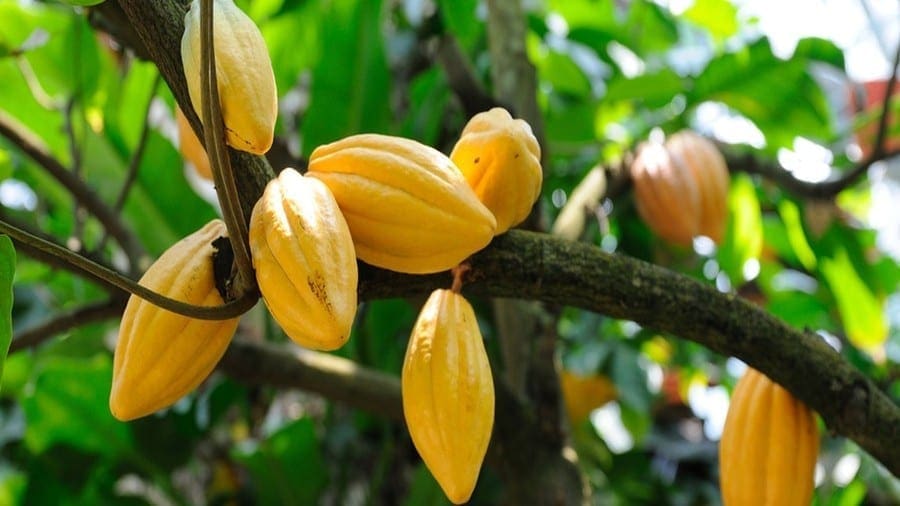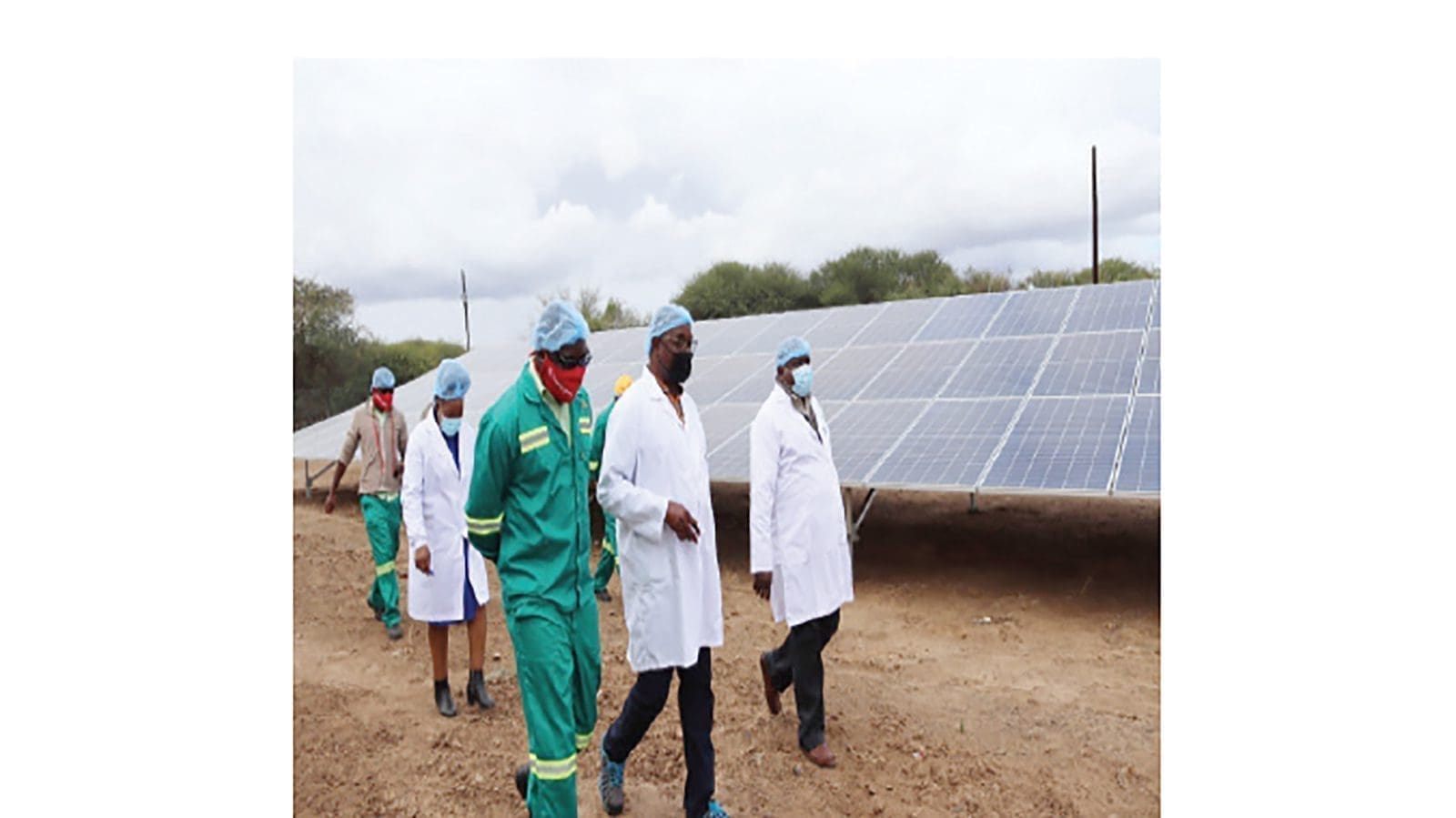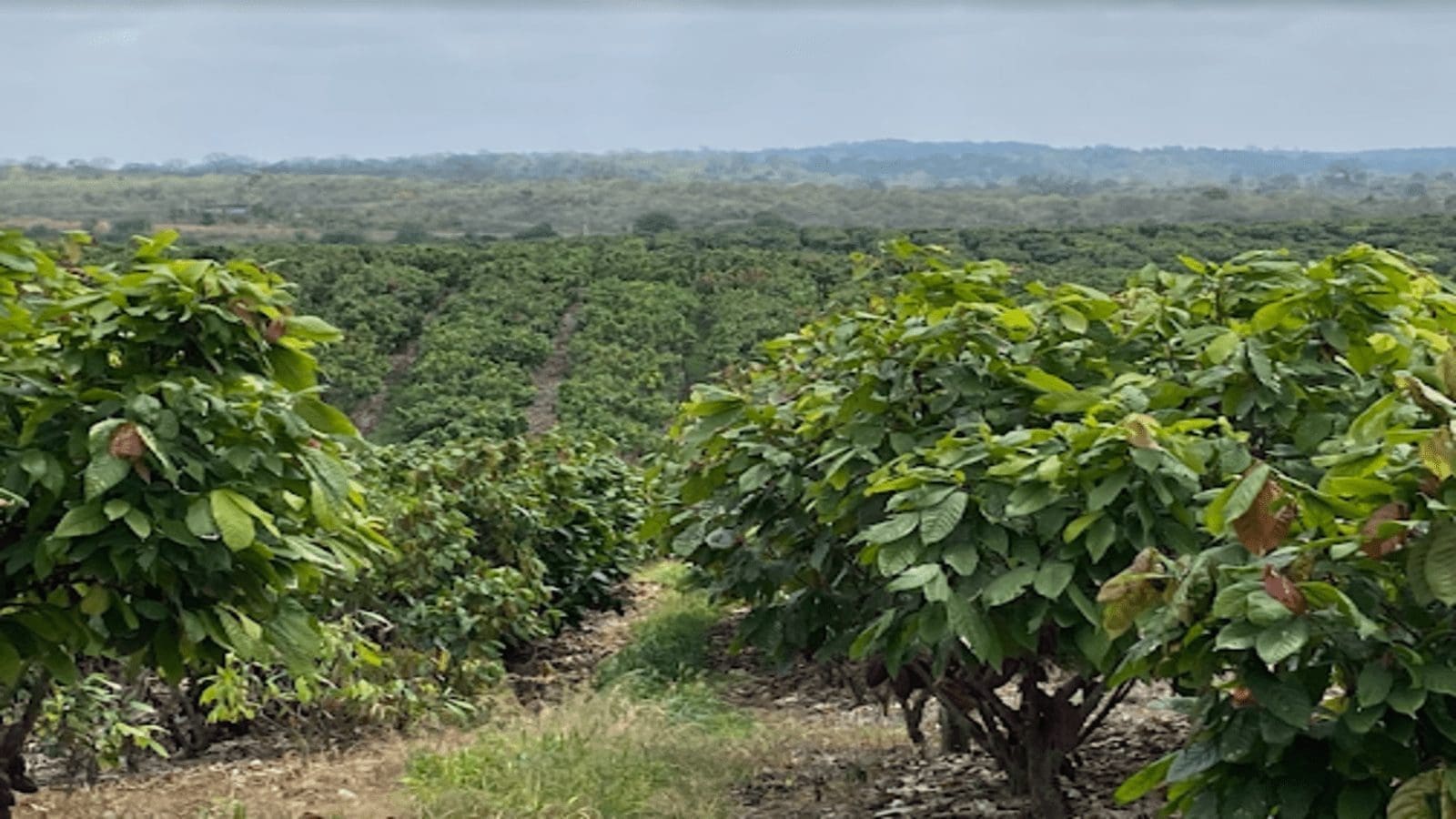USA – Cargill, one of the world’s leading cocoa and chocolate producers, has reiterated its commitment to promoting a transparent and sustainable supply of cocoa seeking to drive long-lasting change in the sector with digital technologies.
The company has published the ‘Cargill Cocoa & Chocolate 2018-2019 Sustainability Progress Report’ highlighting the company’s latest efforts and the progress towards improving transparency in the global cocoa supply chain.
Harold Poelma, president of Cargill Cocoa & Chocolate said that the company’s “sustainability progress report highlights how Cargill uses technology to connect every dot in the cocoa supply chain.
“Maximum transparency in the cocoa sector is critical for making real progress on sustainability. It not only helps cocoa farmers, their families and communities prosper, but also helps protect our planet. I am confident that working with our partners we can continue to make great strides in achieving a thriving cocoa sector.”
Cargill noted that digital technology has enabled the company to provide its customers with fast and transparent sustainability data, helping them measure and report the impact they achieve through the Cargill Cocoa Promise.
“Through the Cargill Cocoa Promise, we are realizing the opportunities offered by technologies, such as mobile money, GPS mapping and digital data collection, which allow for greater transparency on how cocoa is grown and sourced from farmers,” the company said.
As of this year, the company revealed that half of the cocoa in its global direct supply chain is traceable from farm to factory through the use of barcoded cocoa bags and digital Cooperative Management Systems (CMS).
Cargill also highlighted significant progress in efforts towards improving the lives of farmers and their communities in the five origin countries from where it directly sources cocoa; Brazil, Cameroon, Côte d’Ivoire, Ghana and Indonesia.
The cocoa processor has also been implementing child labor monitoring and remediation systems (CLMRS) to address child labor, which the company says has significantly increased.
In addition to Côte d’Ivoire, Cargill has also deployed CLMRS in Ghana and Cameroon, reaching a total of 58,800 farmers in 2018-2019. This extended the reach from 7% to 29% of the total number of farms in the direct supply chain.
In 2018-2019, Cargill revealed in the report that it had further conducted a needs assessment for programs to address child labor in cocoa growing communities in Indonesia; a localized approach to CLRMS will follow in 2020.
The company has also completed GPS polygon mapping of 72% of all farmers in the direct supply chain, representing over 400,000 hectares of farmland. The move has enabled the company to further identify where the cocoa comes from, which areas may be at risk of deforestation and how to mitigate this risk through specific interventions.
Cargill says that the digital tools are providing cooperatives and cocoa farmers with information, such as digital farm development plans and market insights, to help improve their farming practices.
In the report, the company explains that digital tools serve as a means to communicate with farmers during a crisis, such as the coronavirus pandemic, amplifying government safety and sanitation messages to help curb the spread of the virus in farming communities.
Cargill sees digitization driving change across the entire cocoa supply chain by utilizing valuable information collected to inform on how to achieve the best impact on the ground.
“We developed an extensive data platform that has more than 300 data points along the supply chain. We also use this data to inform customers through an interactive customer portal about how collaborative sustainability programs are benefiting farmers and their communities,” the company said.
“Our journey to a more sustainable, digitally-enabled cocoa supply chain is ongoing. As technology evolves, so do our digital capabilities, which has opened doors to new opportunities and services to bring lasting value to farmers, communities and the environment.”











